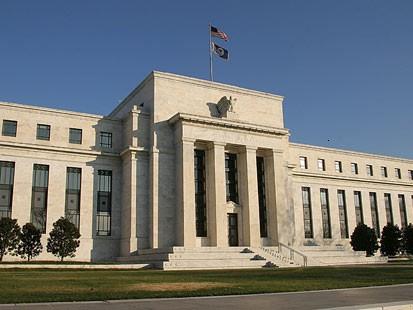The Hobgoblin of Little Minds

At the end of the 1980s, the US was hit by a severe financial shock: the Savings & Loan crisis. I'll spare you the antique details of the crisis, but in 1990 the US found itself looking at perhaps $200 billion in federally insured bad loans by the failed S&L industry. The economy slipped into a recession, nothing like so severe as the present-day recession, but bad enough.
Soon afterward, Saddam Hussein invaded Kuwait, shocking global oil prices.
Responding to the crisis, the Federal Reserve rapidly and repeatedly lowered interest rates. It cut the Federal Funds rate 18 times between 1990 and 1992, reducing it from 8% to 3%. These bold monetary actions failed however to produce recovery on a timetable to gain re-election for President George HW Bush.
I was working at the Wall Street Journal at the time, and I well remember the mood of anxiety about monetary policy. The Journal ran a series of editorials under the header, "Victorian Finance," upbraiding federal monetary authorities for not doing more to ease credit. (I erroneously tweeted this morning that the WSJ was annoyed that rates were going up. Checking the record, I see that the irritation was instead that banking authorities were tightening capital requirements in a way that squeezed credit despite the lower rates.)
I can't find the full text of the original classic "Victorian Finance" editorial online. But some scattered quotations gleaned from online sources give the flavor:
The Victorians were peopIe, you recall, who upon discovering the little secret of sex, thought the human race was about to vanish. Likewise, our modern Financial Victorians have discovered the little secret of credit. ... [W]orries about 'too much leverage' or 'too little capital' creep out of heavily curtained conference rooms and into daily conversations.
And here's a transcript of an interview with then-Journal editorial Bob Bartley from the spring of 1992.
I think that they [the federal banking authorities] should be tougher, I guess, in the way they handle banks, that they should be willing to take a few more risks, let the banks take a few more risks than they, they seem to have been willing to, so that new enterprises coming along can get some, get some credit. That is finance in order to build the facilities and build the new businesses.
Question: if conservative journalists could write so feelingly about the need to inject credit during the downturn of 1990-1991, how is that they have arrived at exactly the opposite policy conclusions during the much more severe downturn and deleveraging of 2009-2011? The need for monetary ease seems even greater this time than last - and yet the policy recommendation has been utterly reversed. What's changed?

